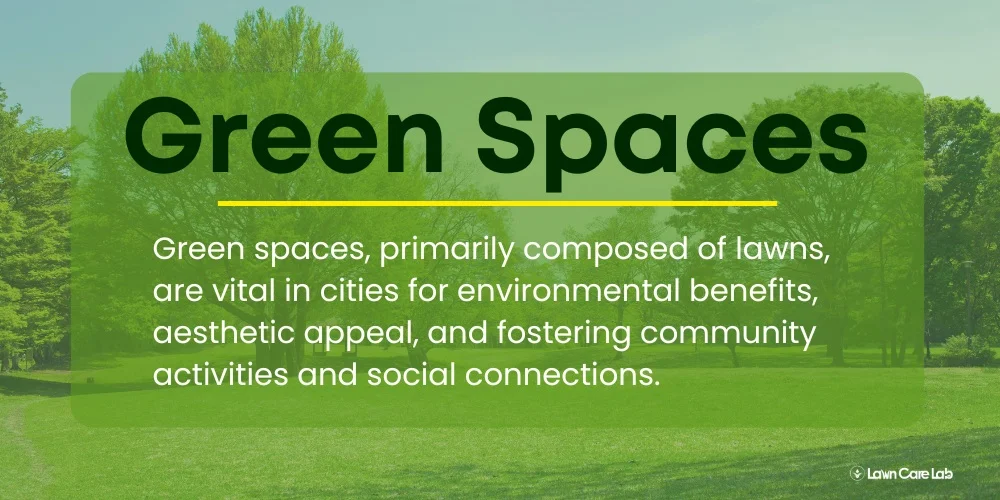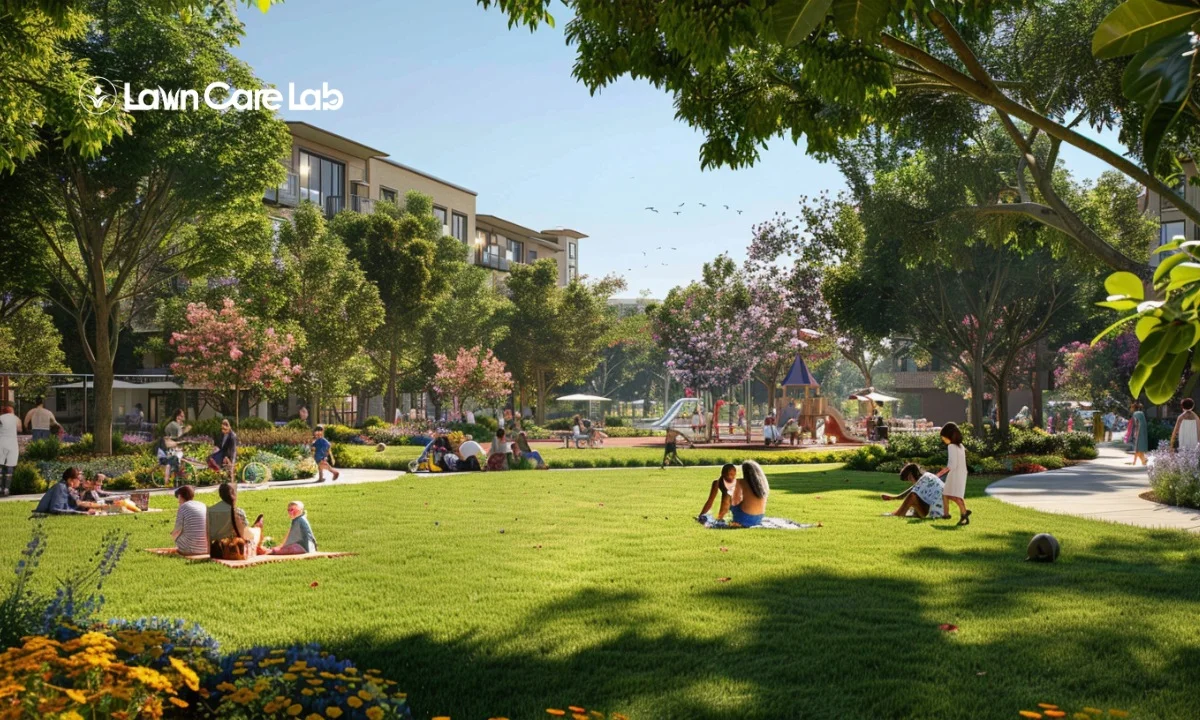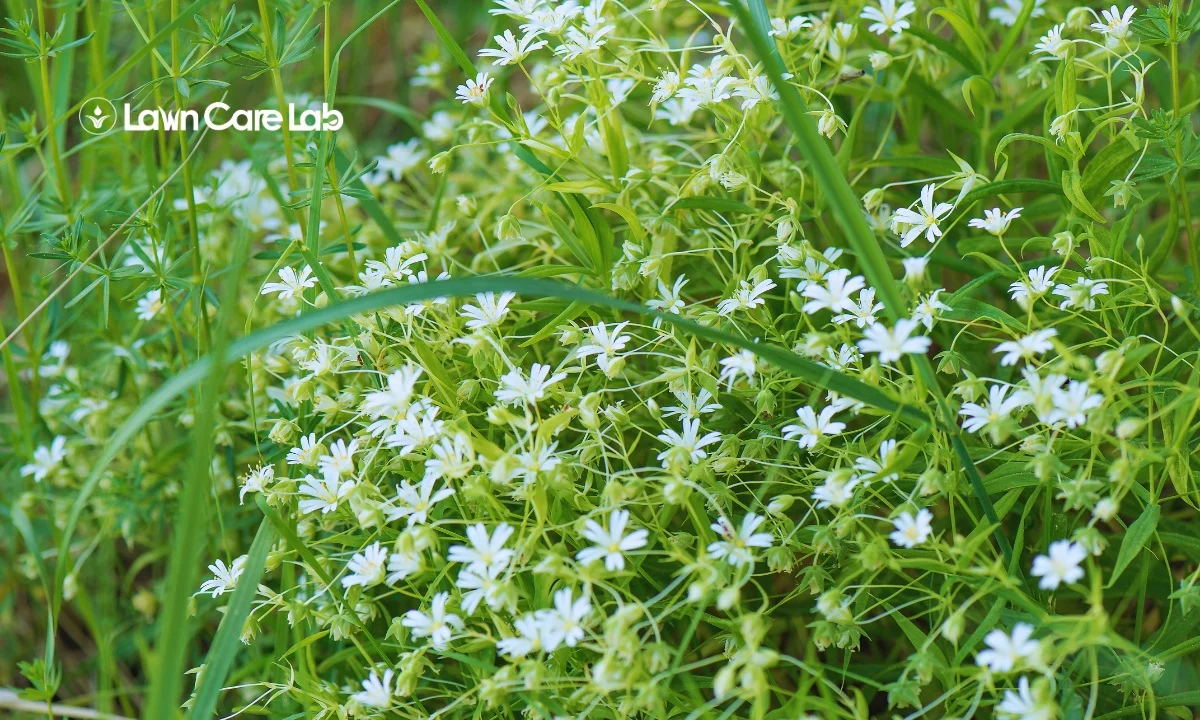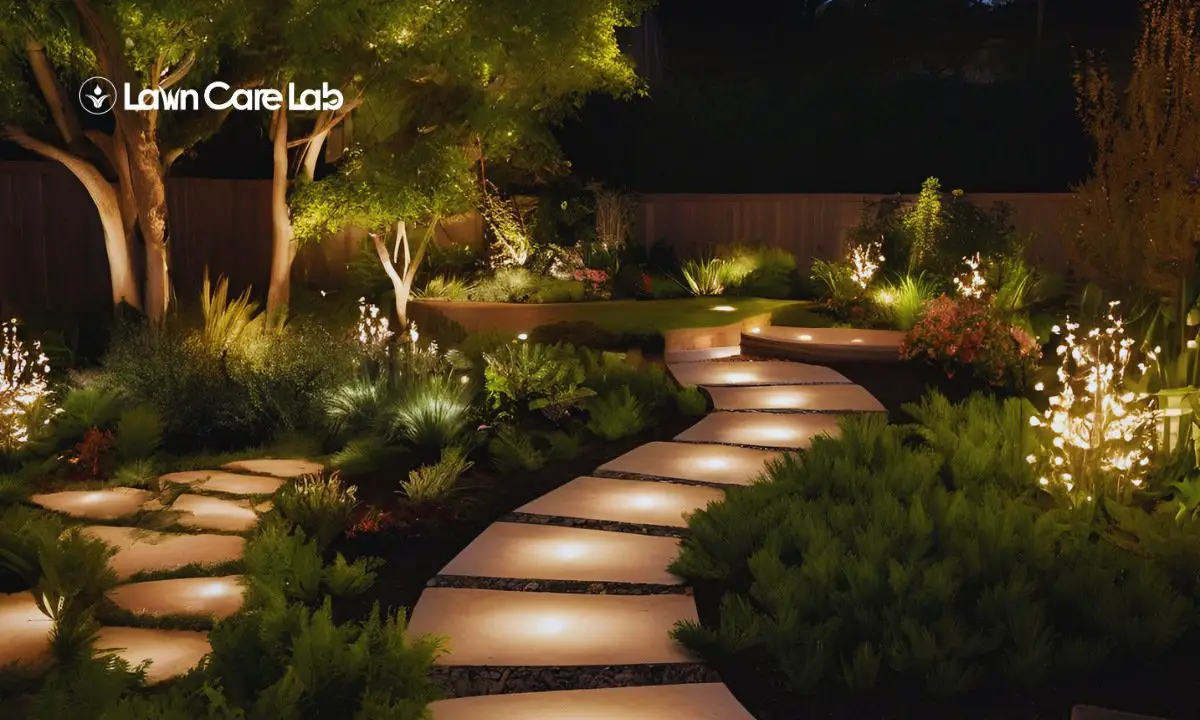Urban green spaces are more than just patches of grass; they are vital community hubs that foster social interactions, enhance mental well-being, and provide environmental benefits. These areas act as the heart of urban neighborhoods, where neighbors gather, friendships form, and community spirit thrives.
By integrating well-designed green spaces into urban planning, cities can promote stronger community bonds and create healthier, more connected communities.
Let’s explore how green spaces influence community interactions and their multifaceted benefits.
Table of Contents
Understanding Green Spaces

To really understand green spaces, it’s essential to know that lawns make up the majority of the open areas in cities. Picture walking through your neighborhood, where the green grass isn’t just there for looks but is a place for community activities and social life.
In cities, lawns are more than just lovely to look at; they are essential for good city planning. They have many benefits, including being good for the environment and making the area look nice.
These green spaces show our love for beauty, nature, and community, quietly reminding us of our connections and shared goals.
Benefits to Communities

As you wander through your neighborhood, have you noticed how green spaces magically bring people together?
They’re not just patches of grass and trees; they’re the heart of community life, enhancing social cohesion, boosting mental well-being, and encouraging everyone to step outside and play.
Enhancing Social Cohesion
Urban green spaces greatly enhance community bonds by encouraging social interactions and fostering a sense of belonging.
- Fostering Connections: Parks provide a venue for community interactions and bonding.
- Celebrating Diversity: Accessible green areas welcome all, creating a melting pot of cultures and ideas.
- Ownership and Pride: Participating in activities in green spaces fosters a sense of responsibility and pride.
- Sense of Belonging: Quality green spaces help cultivate a strong community identity.
Boosting Mental Well-being
Green spaces are key to enhancing your community’s mental well-being, providing serene spots for relaxation and stress relief. Imagine unwinding in a lush, green park after a long day, the stress melting away as you’re surrounded by nature. It’s like the trees whisper jokes only you can hear, nudging your worries aside.
- Stress Relief: Green spaces offer serene spots for relaxation and stress reduction.
- Happiness: They serve as community elixirs, reducing anxiety and combatting depression.
- Social Interaction: Brief, friendly chats in these areas strengthen community ties.
Encouraging Outdoor Activities
Encouraging outdoor activities in local green spaces can enhance community connections and well-being.
- Picnics transforming into impromptu friendship hubs.
- Sports activities doubling as unofficial community bonding sessions.
- Leisurely walks evolve into treasure hunts for local flora and fauna.
- Community events turning every gathering into a festival of shared stories and laughter.
These activities promote positive social interactions and physical activity, fostering belonging, active lifestyles, and an enriched quality of life.
Environmental Impact
As you wander through your neighborhood, admiring the lush lawns that dot the urban landscape, it’s time to pause and ponder their environmental footprint.

You might be surprised to find out that these green carpets have a thirst for water that could rival your morning coffee obsession and play a cheeky role in both disrupting local habitats and adding to our carbon footprint.
Let’s tiptoe into understanding how our green spaces shape the environment, sparking curiosity and maybe a chuckle or two about our grassy companions.
Water Usage Concerns
Lawns in the United States consume approximately 9 billion gallons of water daily. Your lush, green lawn might just be thirstier than a camel crossing the desert!
- Transition to Xeriscaping: Swap out that thirsty traditional grass for drought-tolerant varieties and native plants.
- Embrace Smart Irrigation: Let technology take the wheel with systems that water only when and where needed.
- Catch That Rainwater: Implement rainwater harvesting to quench your lawn’s thirst sustainably.
- Go for the Green: Choosing sustainable practices isn’t just good sense; it’s a badge of honor in the quest for a healthier planet.
Let’s turn those water-guzzling green carpets into eco-friendly marvels, shall we?
Habitat Disruption Effects
While addressing water usage is a step toward sustainability, it’s equally important to consider how green spaces can disrupt local habitats and affect biodiversity.
Delving into habitat disruption reveals a tale of unintended consequences where urban green spaces, though teeming with social interactions, may inadvertently play the villain. These areas can displace native species, turning bustling urban development into a battleground for wildlife populations.
It’s a bit like inviting guests to a party and then realizing your home isn’t big enough. The quest for sustainable green space planning isn’t just about creating room for community interactions; it’s about ensuring biodiversity isn’t left off the guest list.
Understanding these impacts is key to mitigating ecosystem alteration and crafting spaces that are truly green in every sense.
Carbon Footprint Insights
Exploring the environmental impact of green spaces, it’s important to understand how your lawn’s carbon footprint contributes to broader ecological challenges.
- Lawns heat up cities more than you’d think, playing into that pesky urban heat island effect.
- The quest for the perfect green lawn guzzles water and relies on chemicals, which isn’t exactly eco-friendly.
- On the bright side, your lawn is out there fighting the good fight, sequestering carbon dioxide like a silent, green warrior.
- However, using gas-powered tools to maintain it’s like taking one step forward and two steps back, thanks to those emissions.
It’s a mix of environmental impacts, from air purification to air pollution. Balancing these effects is key for vibrant green spaces and healthy community interactions.
Enhancing Public Health
Access to green spaces in urban environments is essential for public health, promoting physical activity and reducing stress. Imagine stepping into a lush, green oasis where the air feels cleaner, and your mind instantly relaxes. This isn’t just a fantasy; it’s the reality urban green spaces offer.
These areas are vibrant stages for social interactions, community bonding, and laughter, fostering social support and mental well-being. Accessibility to these spaces turns a simple walk into a health-boosting adventure, proving that sometimes the best medicine is just a step away.
Flora and Fauna Diversity
Urban environments, often seen as concrete jungles, harbor vibrant ecosystems within their green spaces. Lawns play a crucial role as habitats for diverse flora and fauna, fostering both ecological balance and social interaction within communities.
Despite the homogenization typical of urban landscapes, these green patches champion sustainable design and biodiversity, enhancing both beauty and ecological mindfulness.
Urban Planning Integration
Imagine strolling through bustling city streets and encountering an unexpected oasis of green—a place where laughter resonates and community spirit flourishes. This scenario highlights the potential of urban planning to integrate green spaces into the concrete jungle ingeniously. These spaces provide fresh air and a platform for strengthening neighborly bonds.
Green Spaces Design Principles
Integrating green spaces into urban planning requires prioritizing accessibility, inclusivity, and diversity to bolster community interactions and well-being. This creates vibrant community hubs in the fabric of urban life.
Consider these elements:
- Accessibility: Make sure everyone can get there, even on rollerblades.
- Inclusivity: A place where both toddlers and grandmas can high-five.
- Diverse Amenities: From serene ponds for contemplative frog-watching to bustling playgrounds that challenge the laws of physics.
- Environmental Sustainability: Where trees are more than just fancy decorations, they’re the lungs of the city.
Community Engagement Strategies
Effective urban planning involves community engagement and integrating green spaces into city development plans to add aesthetic value and foster a sense of ownership and pride among residents.
This approach encourages active participation, social cohesion, and pride and ownership, enhancing residents’ connection to the neighborhood.
Environmental Benefits Assessment
Incorporating green spaces into urban planning offers numerous environmental benefits contributing to healthier communities. These spaces do more than enhance beauty; they actively promote social cohesion and community interactions by:
- Urban green spaces like lawns cool cities down, giving everyone some much-needed chill.
- Lawns absorb rainwater, acting like nature’s sponge, preventing urban flooding.
- They’re the unsung heroes in improving air quality and filtering out the bad stuff so we can breathe easier.
- Lawns strengthen community well-being and engagement by encouraging outdoor activities. They make it easier for neighbors to say, ‘Hey, nice to see you outside!’
In short, lawns are the secret sauce in sustainable urban planning, making our urban landscapes not just livable but lovable.
Designing for Inclusivity
Designing urban green spaces with inclusivity in mind ensures they are welcoming to everyone.
This involves incorporating accessibility features like ramps and wide paths, creating sensory gardens for diverse sensory experiences, and providing ample seating and rest areas.
Prioritizing inclusivity fosters welcoming and engaging environments, enhancing social interactions and community cohesion.
Community Participation
Active community participation in green spaces fosters stronger community bonds and enhances neighborhood well-being.
This participation:
- Fosters Social Cohesion: Encourages interactions among residents, turning strangers into friends.
- Boosts Sense of Belonging: Residents feel more connected to their neighborhood.
- Encourages Social Events: Green spaces become venues for community events, from picnics to plantings.
- Enhances Overall Well-being: Engaging in green space activities improves physical and mental health.
Community participation in green spaces is indeed a magical ingredient, sprinkling a little extra joy and health into our lives, all while weaving the strong, colorful threads of community interactions and connections.
Future Directions
To explore the future of urban green spaces, we need to understand their impact on community interactions. We can build resilient, inclusive communities by focusing on design elements and programming that make these spaces thrive.
This forward-thinking approach ensures green spaces remain accessible, community connections strengthen, and sustainable practices are emphasized in the maintenance and development of green spaces.
In conclusion, integrating green spaces into urban planning is essential for creating vibrant, connected communities.
By focusing on accessibility, inclusivity, and environmental sustainability, we can transform our cities into places where residents thrive, interact, and feel a deep sense of belonging.
- How to Create a Lawn Care Schedule for Southern Climates - October 30, 2024
- How to Use Compost Tea to Boost Lawn Growth and Soil Health - October 23, 2024
- The Best Grasses for Saltwater-Exposed Lawns: Coastal Lawn Care - October 17, 2024



